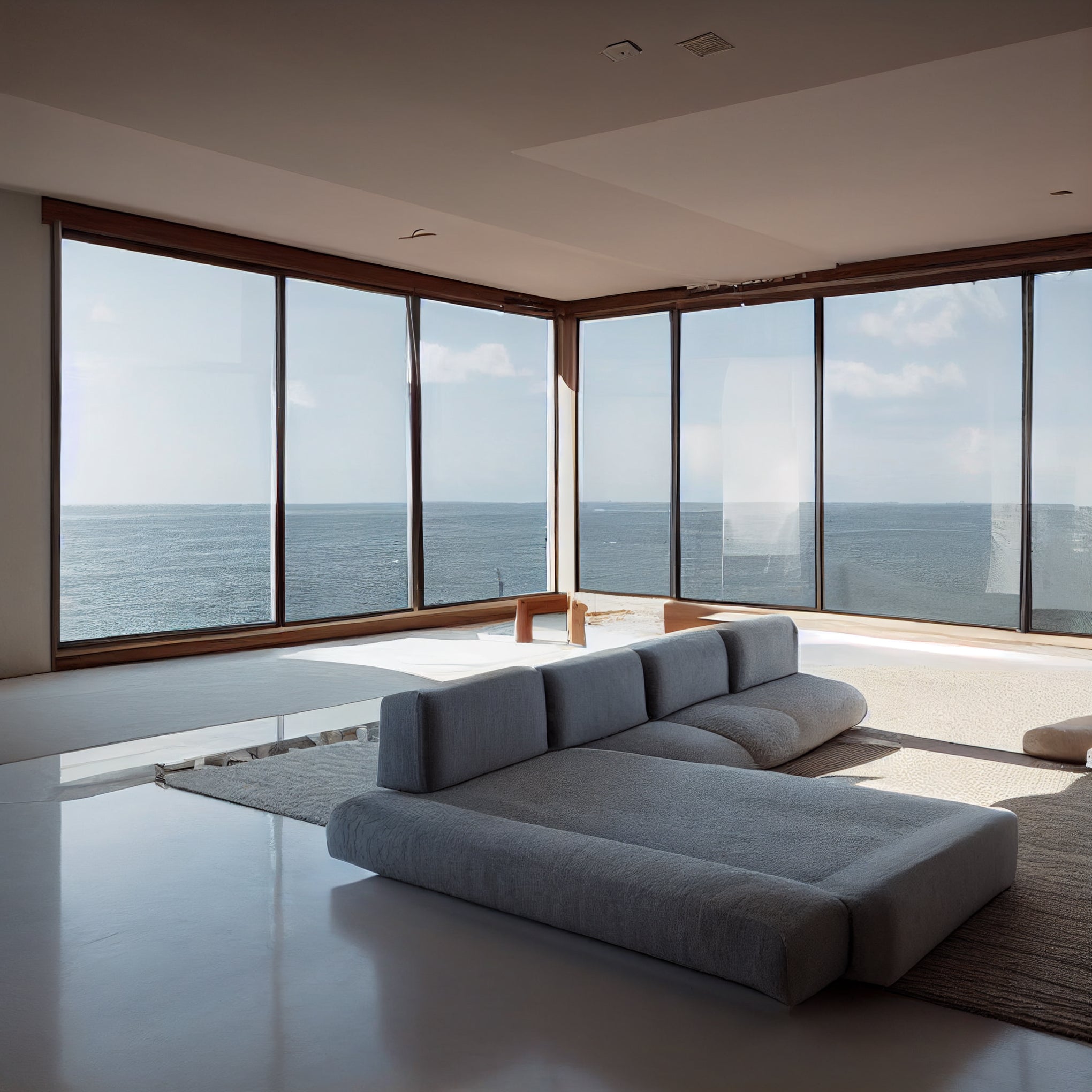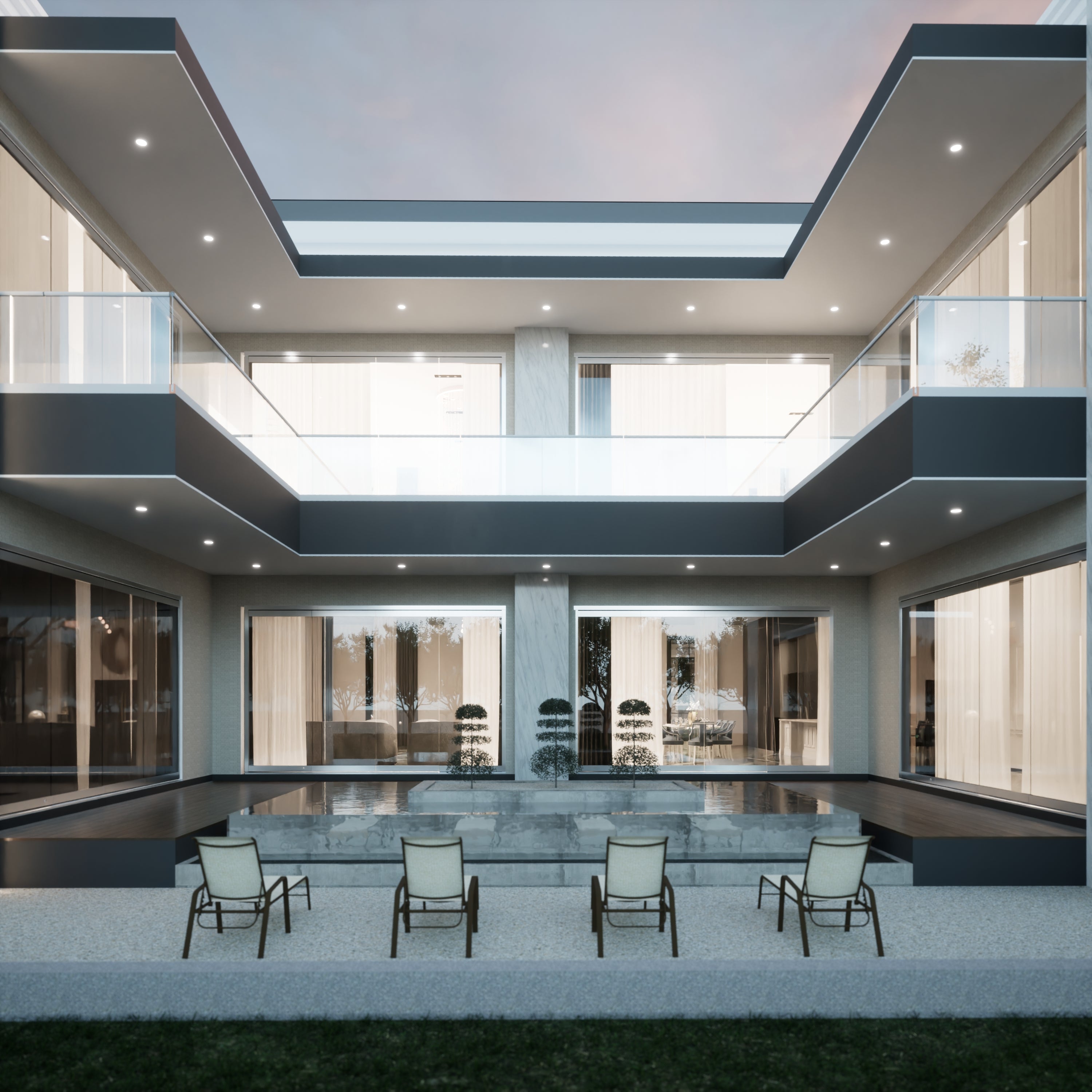Standard Window Sizes For Different Window Types
Windows are a significant component of every home. They regulate the temperature and ventilation of your home and enhance beauty. Windows comes in various sizes, and each type has a standard size. These standard sizes are important when replacing or installing new windows in your home or building. In this blog, you will discover the various sizes of windows for different types.
What Are Standard Window Sizes
Standard window sizes are defined as common size dimensions manufactured and sold by window companies. The window's dimensions depend on the rough opening in the wall where the window will be installed. Different types of windows have different standard window sizes. The types of windows depend on the building's purpose, design, and location. And their standard sizes depend on natural light, safety, view & energy efficiency.
Types of Windows & Their Sizes
Casement Window Sizes
Casement windows are the windows that are hinged on one side and swing outward like a door when opened to the left or right. These windows are mostly huge and used in homes. They are great for ventilation and provide a great natural light source indoors. These windows are also easy to install and clean.
Casement windows come in various sizes: standard, tall, wide, and custom. The size of the window depends on the size of the required space and the design of your home.
Here are some standard casement window sizes:
- 2 feet 4 inches wide by 3 feet 6 inches tall (2436)
- 2 feet 6 inches wide by 4 feet tall (2640)
- 2 feet 8 inches wide by 5 feet tall (2850)
- 3 feet wide by 6 feet tall (3060)

Sliding Window Sizes
As the name shows, sliding windows refer to a type of window that consists of horizontal sashes or panels that slide horizontally within the frame. These windows are easy to open/close and are used in living rooms, bedrooms, bathrooms, kitchens, dining areas, and basements. The idea; size of the sliding windows for buildings and homes depends on their architectural design. Sliding windows come in various sizes. Some of the most common sliding window sizes are:
- 3 feet wide by 2 feet tall (3020)
- 3 feet wide by 3 feet tall (3030)
- 5 feet wide by 3 feet tall (5030)
- 6 feet wide by 4 feet tall (6040)
Sliding Windows can also be custom-made. However, It's essential to choose the appropriate size for sliding windows based on their required function, the orientation of the building or room, and the amount of natural light and ventilation needed. Additionally, factors such as energy efficiency, security, and noise reduction should also be considered when selecting the size and design of sliding windows for buildings and homes.

Bay Window Standard Sizes
Bay windows are a type of window design that creates a bay inside the room by protruding outwards from the exterior wall of a building. They are mostly made up of three or more angled or curved windows. Bay windows are considered aesthetically appealing designs. The exact size of the bay window depends on the available space for installation, function, and architectural design of the area. However, the commonly used dimensions for bay windows are 30 or 45 degrees. Commonly used sizes for Bay windows range from3 feet & 6 inches to 10 feet & 6 inches.

Double Hung Window Sizes
Double Hung window sizes are the windows that consist of two movable sashes or panels that slide up and down within the frame. These windows are primarily installed in bedroom areas and are known for their classic design. The exact size of a double-hung window will depend on several factors, including the architectural design of the building, the available space for installation, and the intended use. The commonly used double-hung window sizes are
- 2 feet wide by 3 feet tall (2030)
- 2 feet wide by 4 feet 4 inches tall (2044)
- 2 feet 8 inches wide by 4 feet tall (2840)
- 2 feet 8 inches wide by 5 feet 2 inches tall (2852)
In addition to the standard sizes, custom sizes for double-hung windows can also be made to fit specific requirements. For custom size windows, it's essential to go for an appropriate size based on the size of the room, the orientation of the building, and the amount of natural light and ventilation needed.

Awning Window Sizes
Awning windows are the type of windows that are hinged at the top and open outwards from the bottom, resembling an awning. They are a popular choice for homes and buildings for their versatility, energy efficiency, and ease of use. They are usually wider than tall and great for rainy areas.
The standard sizes for awning windows can vary depending on the manufacturer, the architectural design of the building, and the required dimensions. However, there are following common sizes that are available in market
- 3 feet wide by 2 feet tall (3020)
- 4 feet wide by 2 feet 4 inches tall (4024)
- 5 feet wide by 3 feet tall (5030)
Awning windows can also be made custom size depending on their functionality and architectural orientation of space.

Custom Size Windows
If none of the standard window sizes fits your needs, you can choose custom size windows. Custom-size windows are defined as those made to fit specific measurements or dimensions contradicting standard-size windows.
This is especially needed if you have an unusually sized or shaped window opening. However, custom sizes can be more expensive than standard sizes, so it's essential to consider the cost before deciding. However, custom size windows provide design flexibility and fit precisely to your needs.
When considering custom-size windows, it is essential to work with a reputable window manufacturer or installer with experience creating and installing custom windows. They can help ensure that the windows are properly sized, manufactured to meet the necessary specifications, and installed correctly to provide the best possible performance and durability over time.
Conclusion
Understanding standard window sizes for different window types is vital for planning a home renovation or construction project. Knowing the standard sizes can help you select the appropriate window type and size according to your desired requirements. Custom-sized windows are also great options, but they cost you a great deal of money and time. So it's better to choose from available standard window sizes and get yourself a cost-effective & reliable outcome.















